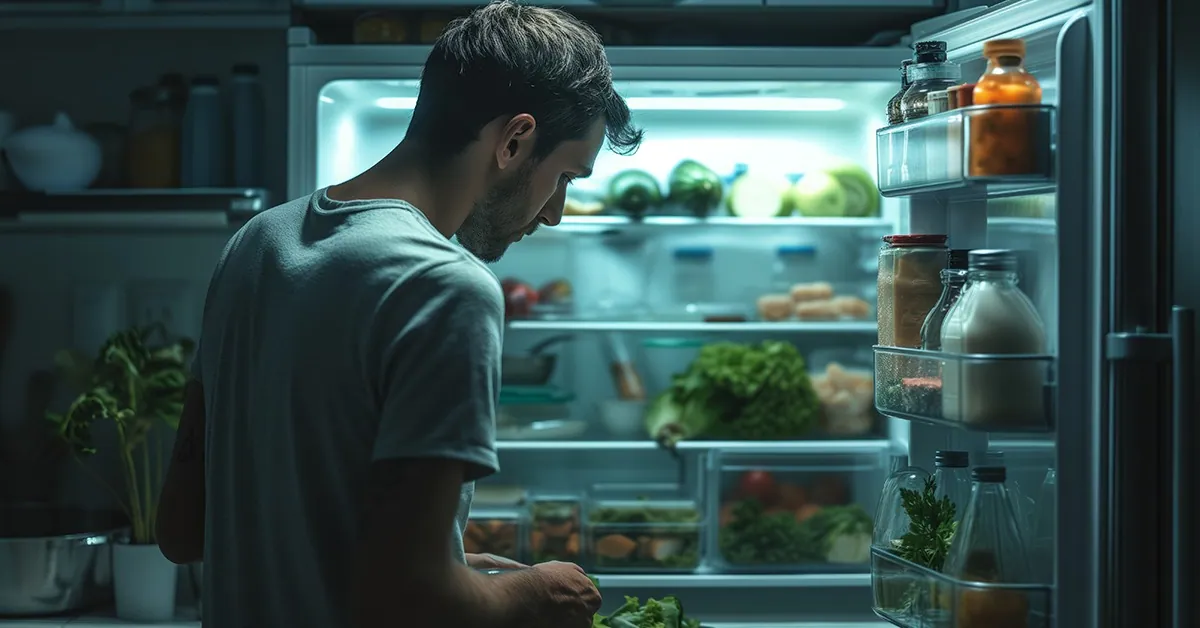In the heat of summer, our refrigerators face a tough challenge. It is more difficult for them to perform their duties effectively outside due to the intense heat. Our refrigerators have to work harder to keep items cool inside during the hotter months since we use them more frequently.As the mercury rises, so does the burden on our fridges. Every time we open the door, they have to fight against the warm air that tries to get in. This constant battle can make it difficult for them to maintain the chilly temperatures we rely on to keep our food fresh and safe.During a heat wave, follow these easy ways to keep your food fresh and your refrigerator cool.
Keep it Closed
When the refrigerator door is closed, the cooling system operates at its peak efficiency. Warm air rushes in every time you open the door, making your refrigerator work harder to keep its cool. Make a habit of opening the door only when necessary, and avoid leaving it open for a long time.
Check the Seals
Take a moment to inspect the seals around your fridge door. The purpose of these seals is to keep warm air out and cool air in. To guarantee maximum effectiveness, think about changing them if you see any wear or damage.
Avoid Overloading
Although it may be tempting to fill your refrigerator to the brim, doing so can prevent adequate airflow. It is difficult for your refrigerator to chill efficiently because of this restriction. By arranging your belongings and avoiding congestion, you may maintain equilibrium.
Keep it Clean
Dust and dirt can accumulate on the coils and vents at the back or underneath your fridge. Maintain regular cleanliness in these locations to avoid obstructions that could impede heat dissipation and force your refrigerator to work harder than it needs to.
Avoid Heat Sources
Position your refrigerator away from heat sources such as direct sunlight, ovens, and dishwashers. These gadgets produce heat, which increases the surrounding temperature and makes it harder to keep the interior of your fridge cool.
Use Ice Packs
During a heat wave, consider placing ice packs or frozen water bottles in your fridge. These items help absorb excess heat and assist your fridge in staying cool. However, be mindful not to overcrowd the fridge, as it can affect airflow.
Monitor the Temperature
Keep an eye on the temperature inside your fridge using a thermometer. The ideal temperature range for food safety is between 35°F (1.6°C) and 38°F (3.3°C). Adjust the settings as needed to maintain this range.
Consider a Backup
If you often experience power outages during heat waves, having a backup power source like a generator can be a lifesaver. This ensures that your fridge remains operational, preserving your food even during electrical disruptions.
Conclusion
The previous pieces of advice focus on doable steps you may take to guarantee that your refrigerator keeps a low temperature and efficiently keeps your food fresh, particularly in hot weather. You may actively contribute to a more effective cooling system within your refrigerator by following to these instructions, which include keeping the refrigerator door closed, inspecting the door seals for leaks, not overloading the refrigerator, and so forth. As a result, food deterioration is reduced and your chilled goods continue to taste good even in the hottest weather.






